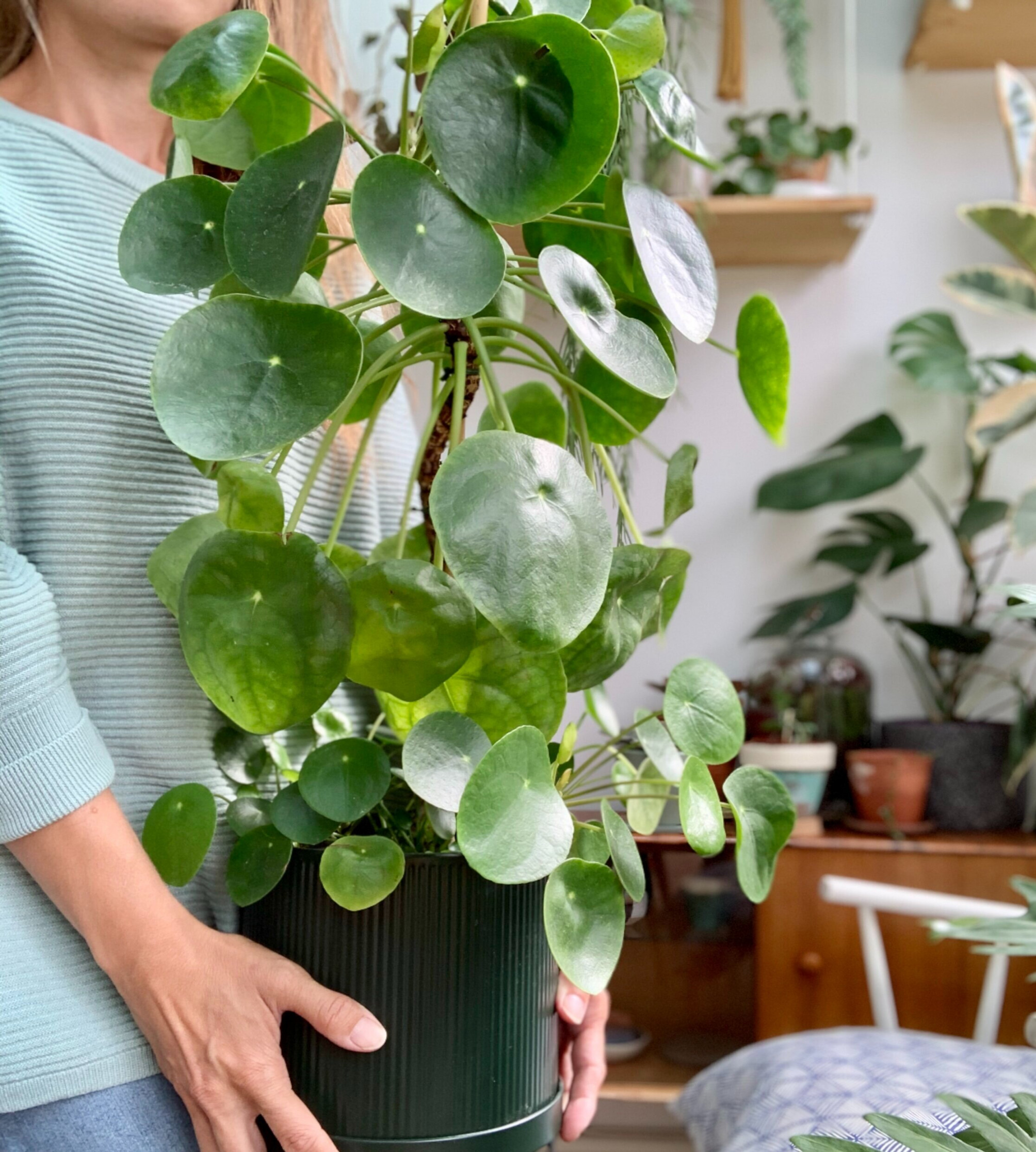Pilea Peperomioides Plant: The Perfect Houseplant for Your Home
What do you mean by Pilea Peperomioides Plant?
The Pilea Peperomioides, also known as the Chinese money plant or pancake plant, is a trendy and stylish houseplant that has gained popularity in recent years. This unique plant is characterized by its round, coin-shaped leaves that sit atop delicate stems, giving it a whimsical and modern look. The Pilea Peperomioides is not only aesthetically pleasing but also relatively easy to care for, making it a perfect addition to any indoor space.
How to Care for Pilea Peperomioides Plant?

Caring for a Pilea Peperomioides plant is relatively simple and straightforward. This plant thrives in bright, indirect light, so be sure to place it near a window where it can receive plenty of sunlight. However, avoid placing it in direct sunlight, as this can scorch the delicate leaves. Water your Pilea Peperomioides plant when the top inch of soil feels dry to the touch, and be sure to drain any excess water to prevent root rot.
Additionally, you can fertilize your Pilea Peperomioides plant every 2-4 weeks during the growing season to promote healthy growth. Prune any yellow or dead leaves to encourage new growth, and repot your plant every 1-2 years to provide it with fresh soil and nutrients. With proper care and attention, your Pilea Peperomioides plant will thrive and bring beauty to your home.
What is known about Pilea Peperomioides Plant?
The Pilea Peperomioides plant is native to southern China, where it grows in the shady forests of the Yunnan province. It was first introduced to the Western world in the 1940s when a Norwegian missionary brought a cutting of the plant back to Europe. Since then, the Pilea Peperomioides has become a popular houseplant due to its unique appearance and easy care requirements. In addition to its aesthetic appeal, the Pilea Peperomioides is said to bring good luck and prosperity to its owners, making it a popular choice for gifting.
Solution for Pilea Peperomioides Plant:
If you’re looking to add a touch of greenery to your home, the Pilea Peperomioides plant is an excellent choice. Not only is this plant visually striking, but it is also relatively low maintenance, making it perfect for both experienced and novice plant owners. With the right care and attention, your Pilea Peperomioides plant will thrive and bring a sense of calm and beauty to your indoor space.
Information about Pilea Peperomioides Plant:
The Pilea Peperomioides plant belongs to the Urticaceae family and is known for its round, coin-shaped leaves that sit atop delicate stems. This plant is native to southern China and thrives in bright, indirect light. It is relatively easy to care for, requiring regular watering and occasional fertilization. The Pilea Peperomioides plant is a popular choice for indoor spaces due to its unique appearance and good luck qualities.
Conclusion:
In conclusion, the Pilea Peperomioides plant is a stylish and trendy houseplant that is perfect for adding a touch of greenery to your home. With its round, coin-shaped leaves and delicate stems, this plant is not only visually appealing but also relatively easy to care for. By following the proper care instructions, you can ensure that your Pilea Peperomioides plant thrives and brings beauty and good luck to your indoor space.
FAQs about Pilea Peperomioides Plant:
1. How often should I water my Pilea Peperomioides plant?
Water your Pilea Peperomioides plant when the top inch of soil feels dry to the touch, typically every 1-2 weeks.
2. Can I place my Pilea Peperomioides plant in direct sunlight?
No, it is best to place your Pilea Peperomioides plant in bright, indirect light to prevent scorching of the leaves.
3. How can I promote healthy growth in my Pilea Peperomioides plant?
You can fertilize your Pilea Peperomioides plant every 2-4 weeks during the growing season to encourage healthy growth.
4. When should I repot my Pilea Peperomioides plant?
It is recommended to repot your Pilea Peperomioides plant every 1-2 years to provide it with fresh soil and nutrients.
5. Are Pilea Peperomioides plants pet-friendly?
Yes, Pilea Peperomioides plants are non-toxic to pets, making them safe to have in homes with furry friends.
